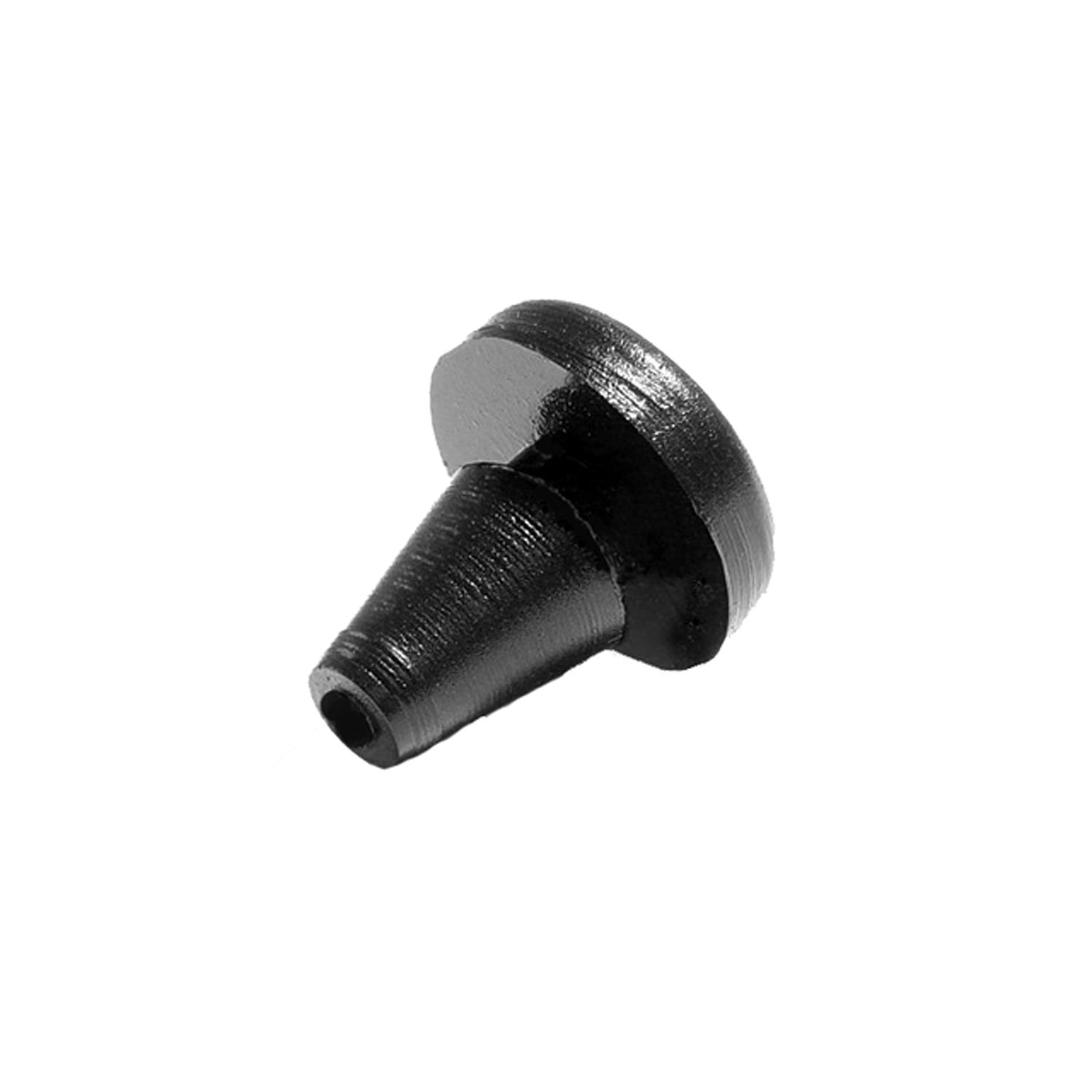Image of 1958 Metropolitan Series 1500, Note: These illustrations use artistic license and may differ from actual historical models.
Performance Metrics
Fundamental Metrics
Emotional Appeal
MMP Rating
| Engine Specifications | |
|---|---|
| Engine: | 1.5L B-Series I4 |
| Displacement: | 1489cc |
| Horsepower: | 52 hp at 4,500 rpm |
| Torque: | 77 lb-ft at 2,400 rpm |
| Compression Ratio: | 8.3:1 |
| Ignition System: | Distributor and coil |
| Cooling System: | Water-cooled |
| Performance Specifications | |
| 0-60 Time: | 19.3 seconds |
| 1/4 Mile Time: | Estimated 21.5 seconds |
| Top Speed: | 77 mph |
| Transmission and Drive | |
| Drive Type: | Rear-wheel drive |
| Transmission Type: | 3-speed manual |
| Fuel and Efficiency | |
| Fuel System Type: | Single SU carburetor |
| MPG: | 30-35 mpg |
| Dimensions and Brakes | |
| Brakes: | Drum brakes on all four wheels |
| Wheelbase: | 85 inches |
| Weight: | 1,785 lbs |
Note: Specifications for classic cars are given to the best of our ability, considering the limited and variant data available.
Introduction
The 1958 Metropolitan Series 1500 stands as a testament to ingenuity and charm in an era of automotive giants. Born out of a unique partnership between America's Nash-Kelvinator Corporation and the British Motor Corporation, the Metropolitan was a stylish response to the post-war demand for smaller, more economical cars. This pint-sized classic emerged as an icon of the late 1950s, capturing hearts with its distinctive design and frugal nature. A notable moment in its history was its cameo in the 1997 film "Fools Rush In," where it underscored its enduring appeal as a symbol of retro cool.
Design and Innovation
The Metropolitan's exterior styling was a delightful departure from the dominant designs of its time. Its diminutive dimensions were accented by a two-tone paint scheme that often featured bold, contrasting colors, such as Sunburst Yellow and Snowberry White. Inside, the Series 1500 offered a surprisingly comfortable and well-appointed cabin for its size, with seats upholstered in checkered patterns or solid colors. While not brimming with high-tech features, it did boast innovations like its "continental" rear-mounted spare tire, adding to its European flair. The hardtop coupe and convertible were the body styles offered, with the hardtop being particularly popular among enthusiasts.
Historical Significance
The Metropolitan's impact on automotive design was subtle yet significant. It challenged American perceptions of what a car should be, paving the way for future compact models. Its small stature and fuel efficiency set it apart from contemporaries that typically showcased size and power. The Metropolitan's legacy is one of introducing Americans to the concept that less could indeed be more.
Performance and Handling
Under the hood, the Series 1500 housed a 1.5-liter Austin inline-four engine that propelled it to modest top speeds around 75 mph. Acceleration from 0-60 mph was a leisurely affair by modern standards but adequate for the time. Handling was nimble thanks to its light weight and compact wheelbase, making it adept at navigating urban environments. Drivers often reported a sense of connection with the road—a raw driving experience that modern vehicles have largely insulated away.
Ownership Experience
The Metropolitan found its niche as an urban runabout, show car, and even as an occasional racer in vintage competitions. Its mechanical simplicity meant maintenance could be handled by amateur mechanics with basic skills, contributing to its reputation for reliability. However, sourcing specific parts today may pose challenges due to its age.
Fun Facts
Among the Metropolitans' quirks is their cameo role in various films and television shows, often evoking nostalgia for simpler times. While not known for breaking speed records, they have been cherished in numerous classic car rallies for their endurance and character. Criticisms often centered on their modest power output—a trait that has become part of their charm.
Collector's Information
The value range for a well-preserved 1958 Metropolitan Series 1500 can vary widely but typically falls between $10,000 and $30,000 depending on condition and originality. Approximately 95,000 Metropolitans were produced during its entire production run from 1954 to 1962, making them relatively rare but not exceedingly so. Over time, values have shown appreciation as enthusiasts seek out these charming classics for their unique place in automotive history.
Conclusion
The 1958 Metropolitan Series 1500 remains an endearing piece of automotive history that continues to captivate enthusiasts around the world. Its blend of British craftsmanship with American marketing savvy created a vehicle that was both practical and stylish—a combination that still resonates today among collectors and vintage car aficionados alike.
1958 Metropolitan Series 1500 Catalog of Parts
 1958 Metropolitan Series 1500 Hood Side Bumper. 5/8" O.D.,5/8" High. Each-SB 11Hood Side Bumper. 5/8" O.D.,5/8" High. Each
1958 Metropolitan Series 1500 Hood Side Bumper. 5/8" O.D.,5/8" High. Each-SB 11Hood Side Bumper. 5/8" O.D.,5/8" High. EachWhy Choose Metro?
For over 100 years, Metro Moulded Parts has been the pinnacle of quality in classic car restoration parts. Our commitment to precision and authenticity in every component ensures a perfect fit and an OEM-level appearance.
- Expert Craftsmanship & Quality: Each part is a testament to our dedication to reliability and perfection, crafted from original designs and thoroughly tested.
- Advanced Technology: We use cutting-edge techniques to create flawless, long-lasting parts that surpass others in performance.
- SuperSoft Sponge – The Ultimate Door Seal: Not only are our door seals 30% softer than competitors', but they're also guaranteed to never leak. They effectively reduce wind and road noise, enhancing your classic car's comfort and driving experience.
- Proudly American: Our parts are a product of American craftsmanship, made in the USA with a spirit of excellence and heritage.
- Unrivaled Warranty: We back our products with a 30-year industry-leading warranty, a testament to our confidence in their quality.
Join us in preserving the legacy of classic cars with parts that are crafted for perfection, not just made.

